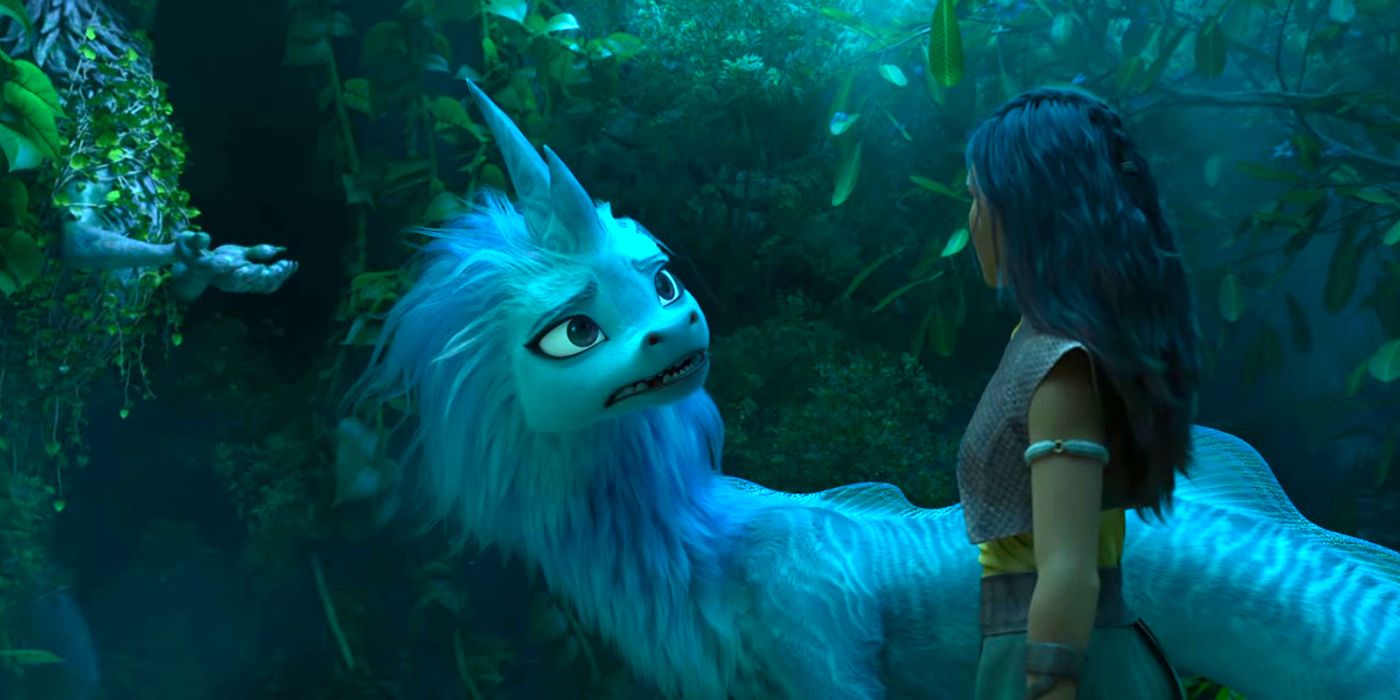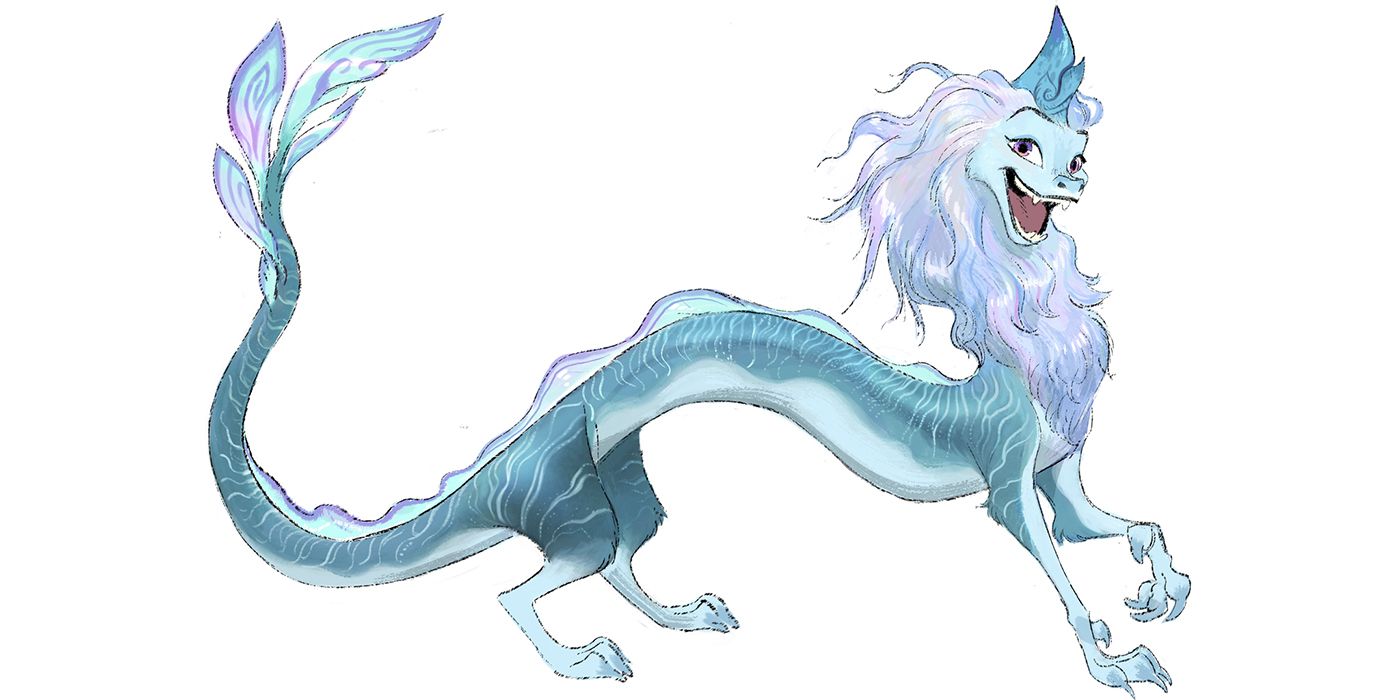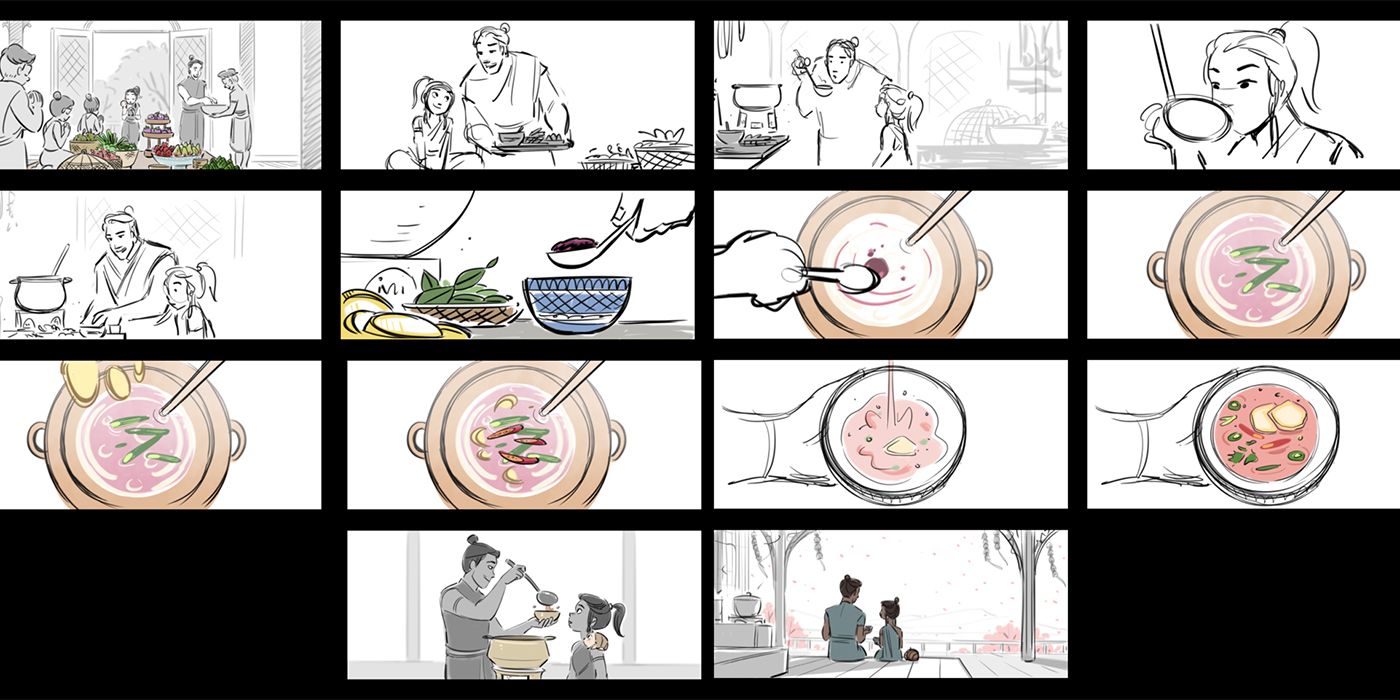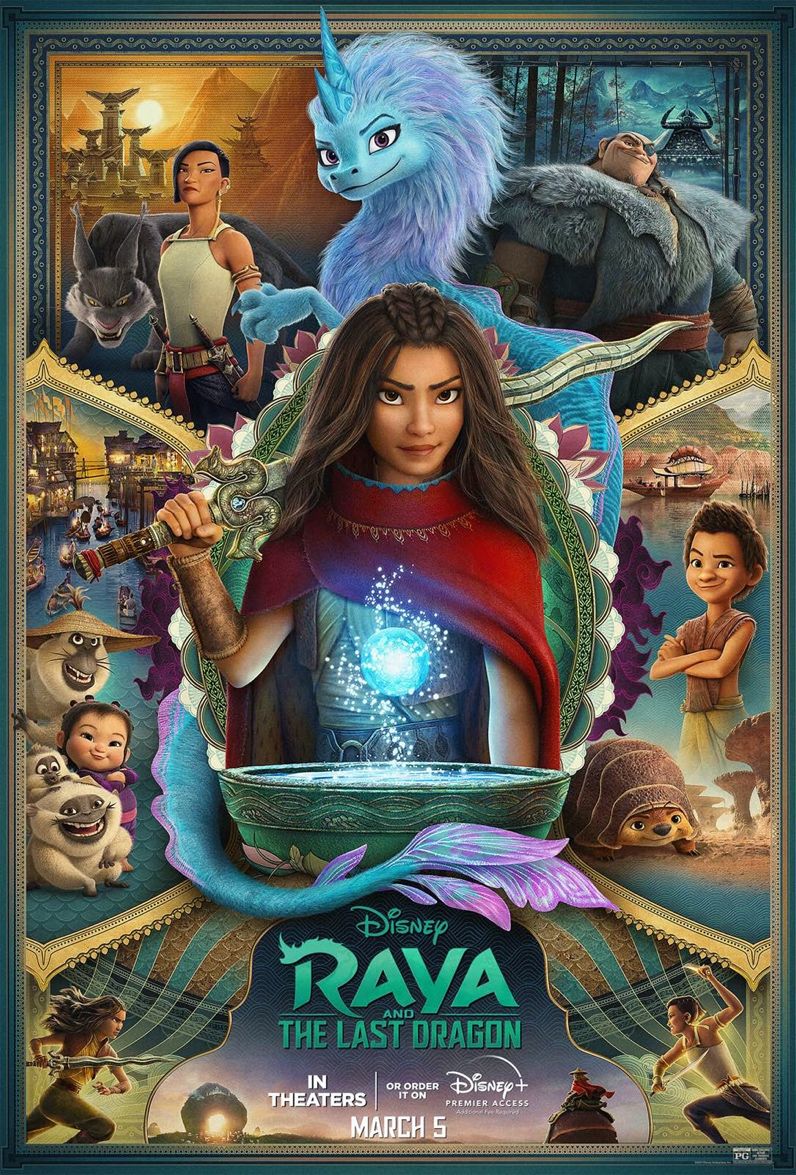When Raya and the Last Dragon arrives on March 5, available on Disney+ at the same price as Mulan, it will be the first Walt Disney Animation original in nearly five years. As such, expectations are high for the tale of the warrior princess Raya (voiced by Kelly Marie Tran), who ventures into unknown regions of her homeland of Kumandra to awaken the legendary dragon Sisu (Awkwafina) and save her father.
With the help of Disney's Southeast Asian Story Trust and the creative team's own research trips to the region, Kumandra evokes aspects of different countries in Southeast Asia while striving to create a fictional land that adheres to its own magical rules. Different regions in the world have their own perspectives and traditions, which come together in a narrative melting pot as Raya and Sisu make new friends on their journey.
Head of Story Fawn Veerasunthorn (Moana) spoke to Screen Rant about her personal experience bringing aspects of her own culture to the screen, as well as the development process for the myriad of fascinating female characters in the film.
What is your collaboration process with the directors like when it came to bringing Raya from the page to the screen?
Fawn Veerasunthorn: I run the team of fantastic artists that are into visual storytelling. Each time we get the script from our fantastic writers, Adele and Qui, and we get the prompt from our directors of what they're looking for in each scene, each of us trying to find the angle and interesting way to tell that story. There's so much passion, and influence from anime and other places that bring it to life. But getting to see the whole process really made me see how collaborative animation really is.
I've been working in animation a long time, but it wasn't until this project that I got to see how collaboration really takes a scene to the next level. The people in animation really took care in terms of the cultural aspects, and they're not afraid to reach out and ask either me or my coworkers from the region. "I want her to have this moment. Does it feel true to you?" And I'm like, "It feels true to me, a Thai person. But does it feel true to someone from Malaysia? Let me check." That's been our process throughout this film, working back and forth with other departments.
Not only are you from Thailand yourself, but the Raya and the Last Dragon team had access to the Story Trust and to consultants on various cultural aspects. Was there any moment where you felt proudest of being able to contribute with your experience, or that you remember opening up a larger discussion about the region?
Fawn Veerasunthorn: When it goes from drawing to the render, the first time I see them moving in 3D, it just hits me that these characters look like me, even in the way they move and the way they act. We should be responsible and put great care into that to best represent how people in the region see themselves.
We worked with visual anthropologist Dr. Steve Arounsack, who was really instrumental in helping our animation team in terms of things like, "This is how you sit, this is how you show respect between the elders and a younger person, this is how you pick up your shoes..." If you're going to talk to someone, you don't stand or tower over them; you sit down and make sure you're at the same level or slightly lower. This applied to how Raya talked to her dad and talked to Sisu well. It's kind of like a fluid process, and everything's pointing back to that.
I'm happy to that I can contribute to that, and I'm happy that I get to share the culture I grew up in with my teammates. That was actually very special.
I appreciated how we could see slightly different elements in each region of the divided land of Kumandra. How did the team decide the aesthetics for each and land on which characters would represent each faction?
Fawn Veerasunthorn: That's a good question. There's a lot that goes into the world building, since we didn't want to take and borrow things just because they look pretty. When we were there in the region working with our consultants, that was exciting for me because I know what things look like but never really understood why they were the way they were. We dug into the history and mythology and into the basis of the design principle in the region.
There's a lot of overlap from country to country, even though with your own eyes, you think they look different. But when you look at the basis of it, you realize, "That's why they built it that way, because this region has sand stone so they carved into it. And this region has wood." We take that design principle that's based in the mythology of Southeast Asia, and we take it back to the fantasy land of Kumandra. We have our own set of mythology of how that world was created in relation to our dragon, which is not the Nāga. We put it through that lens, and we have the set of basic things that belong to the heartland.
From the heartland, we believe that people migrate to different lands. Each has their own personality, and they also have their own material and their own climate - but they would still have the same design principles. Maybe that wouldn't be enough, but when we put it through that lens, everything looks so different and yet has roots in the same thing. Naturally, people will think, "It looks like Southeast Asia, because they probably borrowed it from this country." But that's actually not the case.
I think that's the purpose of our team. It's a fantasy world, but if you ask the audience where they think inspiration is drawn from and they said any countries in Southeast Asia, we did our job.
The themes of coming together after division are very relevant to us in this moment. How dis your team work to incorporate the larger themes when storyboarding and animating individual scenes?
Fawn Veerasunthorn: The journey of Raya has to reconnect her to her community through trust, and that's an aspect that Don and Carlos really brought when they came on board. We have the theme of community that is relating to the culture of Southeast Asia, which I love. But we were trying to experiment with different statement to go into that building that community. Once we have trust, in each scene, we say something about that theme - without giving the story away.
Our artists have to know how to frame Raya's character. If this is a scene where she doesn't trust this person yet, then she's gonna keep herself away. Or if it's a scene where she can connect to them, she might let Boun drive a boat or help her with something. It's the little things that we track the progress of throughout the film, so you feel like it's going somewhere and it's saying something about trust.
With Raya and the Last Dragon being such a female-centered story, do you have an consciousness of helping give more space to women's voices in the industry and exploring more complex dynamics for female characters?
Fawn Veerasunthorn: I love that we have so many female characters in the story. Sometimes we will say, "Would she do that?" and someone will be like, "Which she are you talking about? I lost track."
We have a lot of them. Once you have more than one person who has to carry all aspects of being a woman, it frees you up to be able to make that person more relatable or real to you. A woman can be all kinds of things; there can be a good one, a bad one, a brave one... I love that we didn't have to feel constrained in representing the perfect one.
Speaking of the bad one, Namaari and Raya are oppositional forces who are still both warrior women. How do work to animate them differently or envision how their differences play out on screen?
Fawn Veerasunthorn: Luckily, we have their different worldviews and different personalities to understand them both based on that. I love them both equally. They have different family situations - without giving too much away - but they're connected to each other through the love of dragons. That becomes the complication in the relationship.
There's a lot between these two characters that is very juicy, and that I can't wait for everyone to see.




